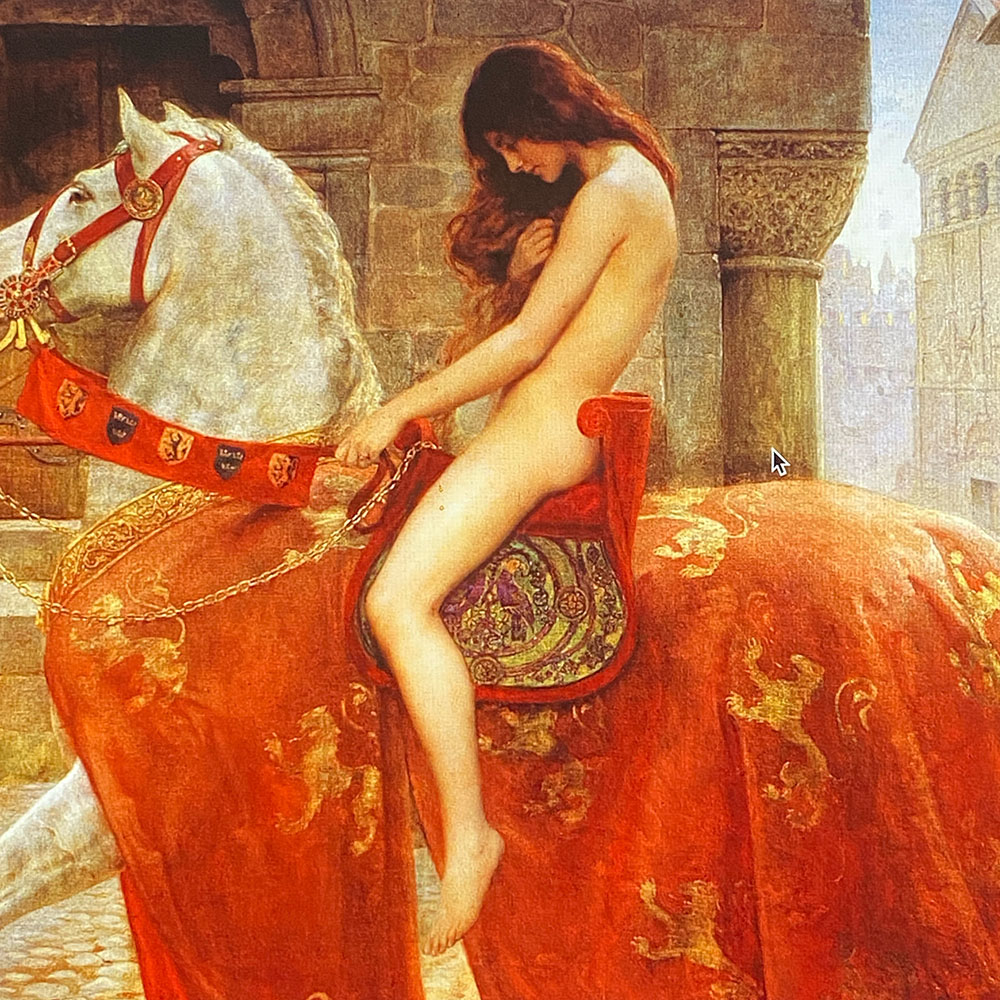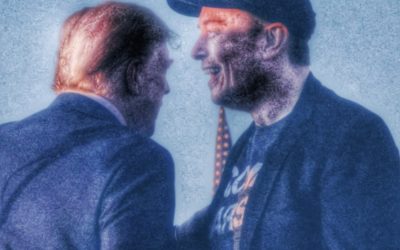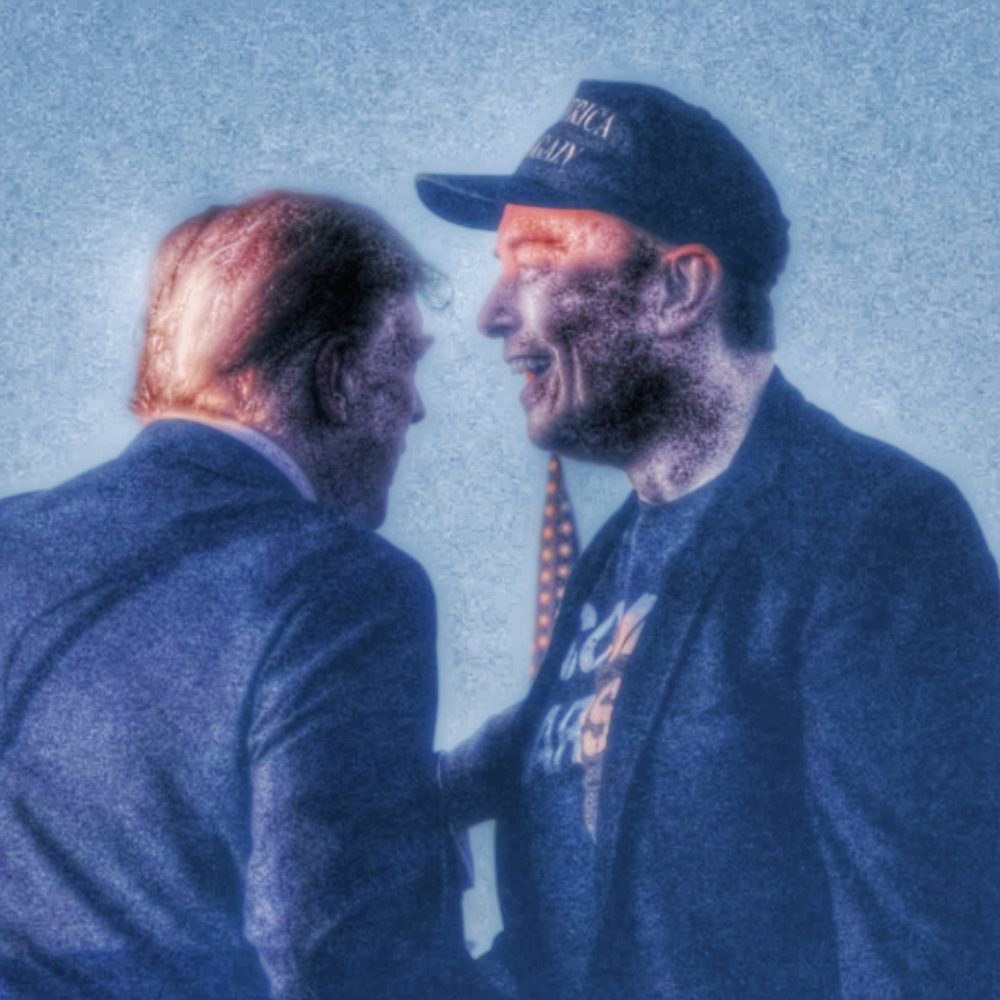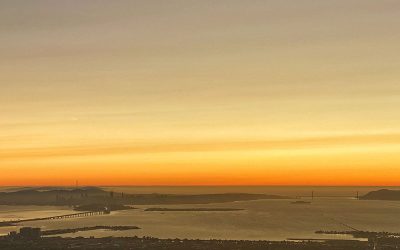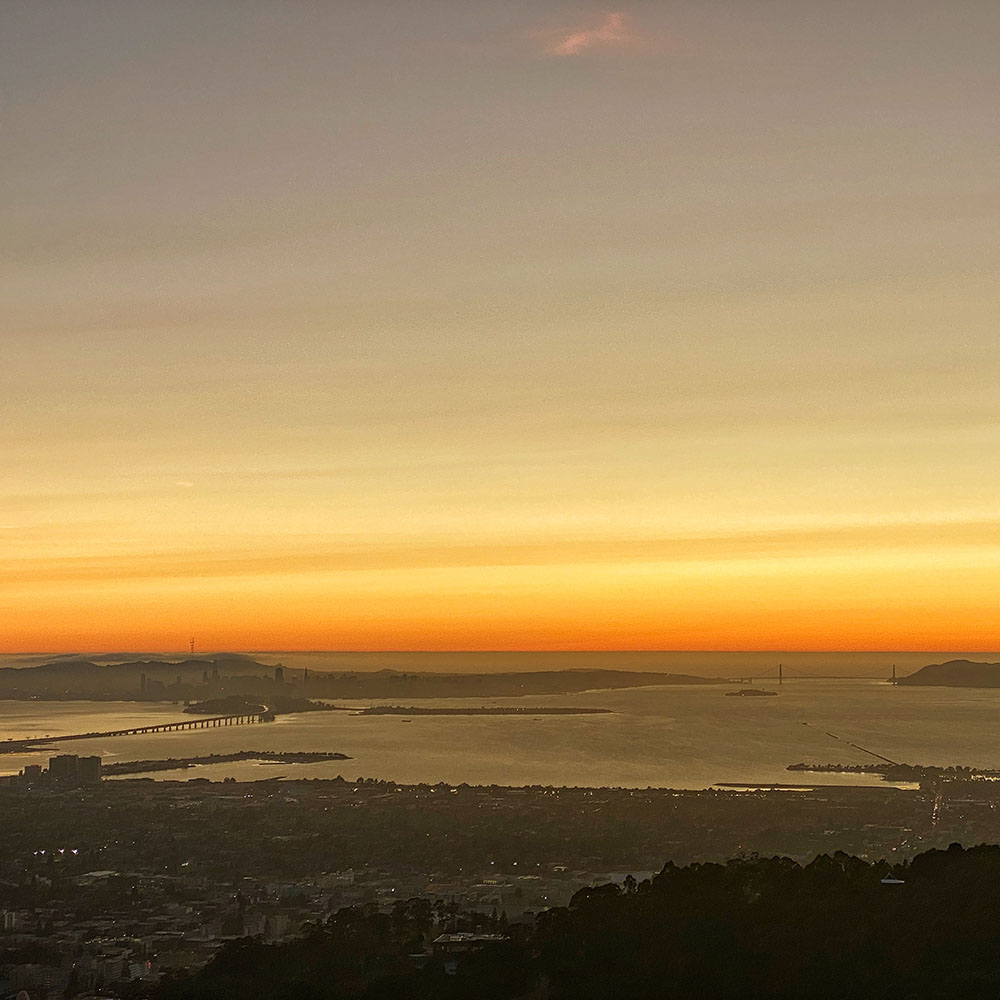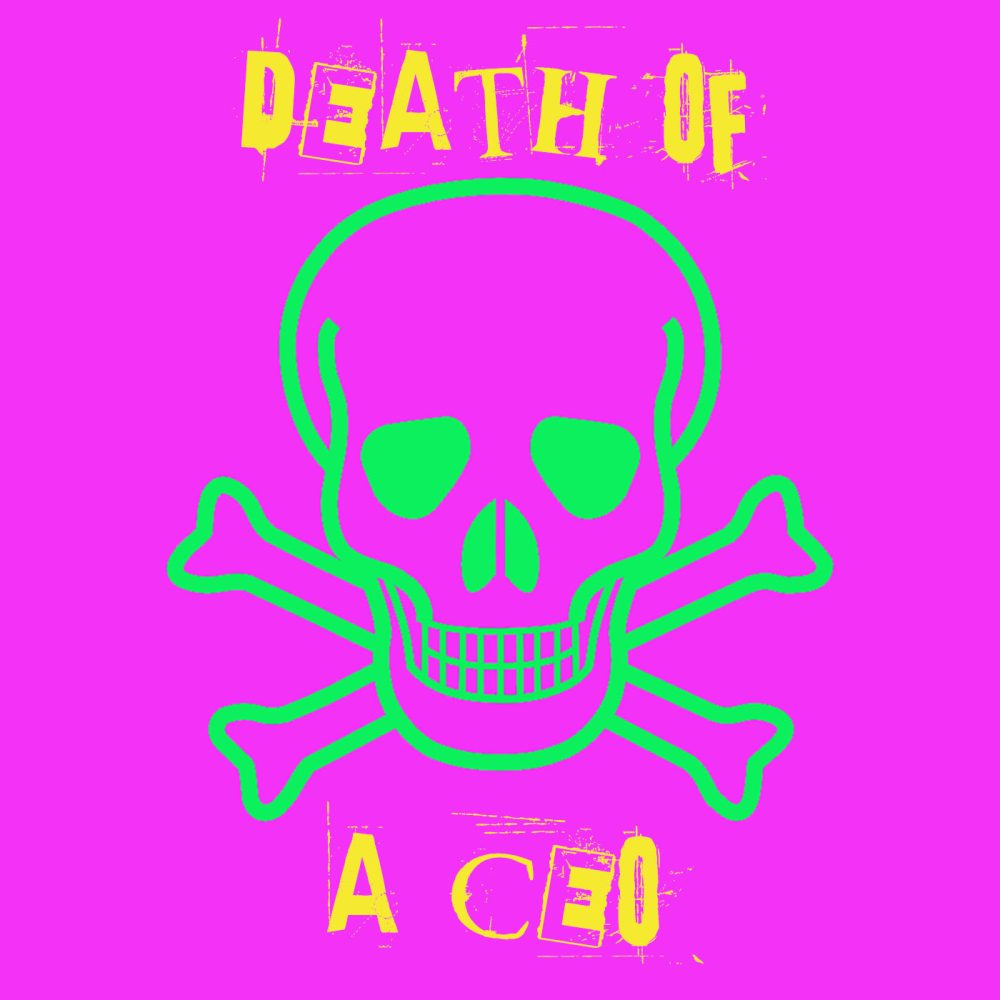{wild bubble} Incoming: The Cats of Knickerbocker/Frisco
{wild bubble} Happy Birthday, Mr. Bowie
{wild bubble} A Complete Unknown From A Slightly Different Angle
{wild bubble} The Bats of Helicon by Jim Cohee—A Reading
{wild bubble} January Goals: Leave Adobe & Amazon, also: Harry Houdini Secrets + the Usual AI & Autotune Rant
[wild bubble] A Complete Unknown Movie Review
[wild bubble] New Year’s Wrap-Up + New Song From My Next Album
[wild bubble] True Value in the Inverted World
President Elmo and His Bitch Little Donnie Fingers
{wild bubble} Winter Solstice 2024
{wild bubble} Death of a CEO
{wild bubble} Special Edition: Sea Raga Song
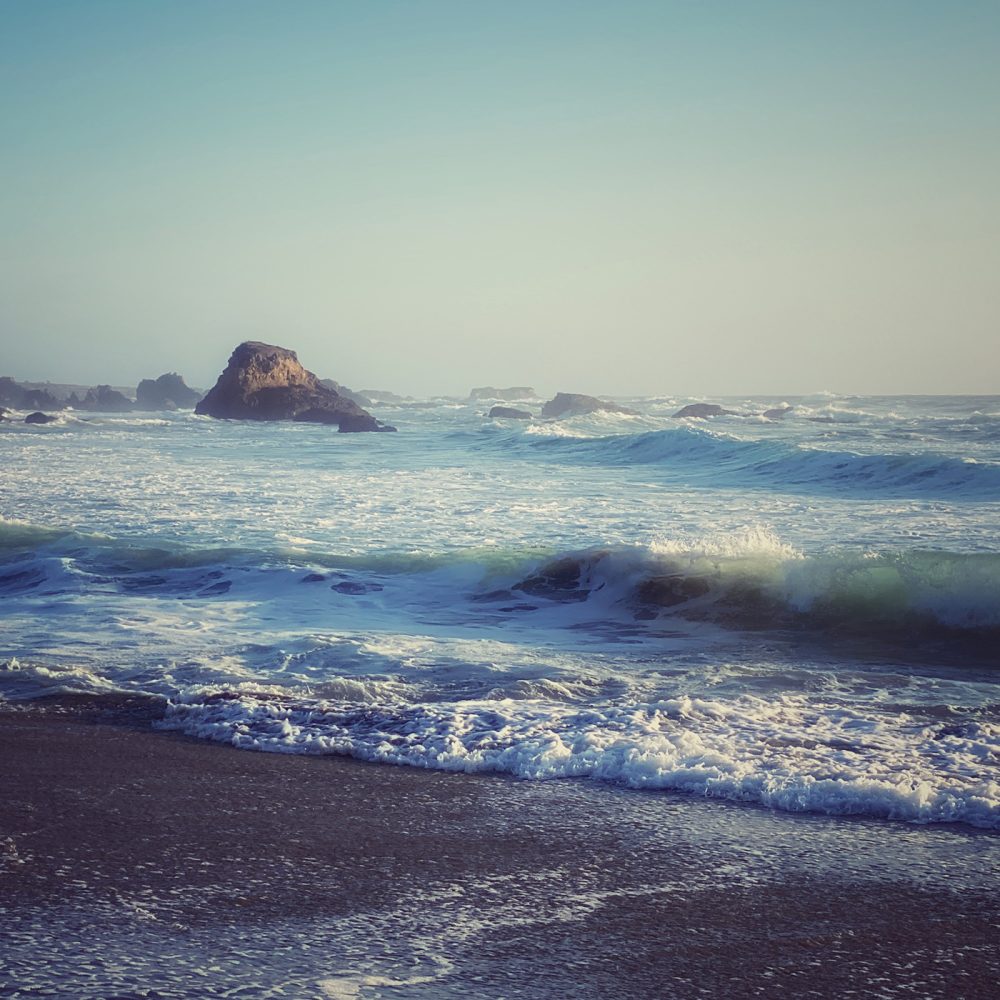
I went walking down by the ocean today
And I transcended the layers of my ego and felt my roots
And you came running to me in your earth-mother burlap dress babe
And we ran toward each other on the sand
And our life goes in circles inside of other circles
And sometimes I don’t know where the exit door is
And we’re trapped in our illusions and we believe in our delusions
But I think as time passes by we’ll get it together
Oh yeah
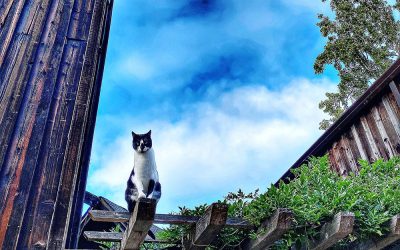
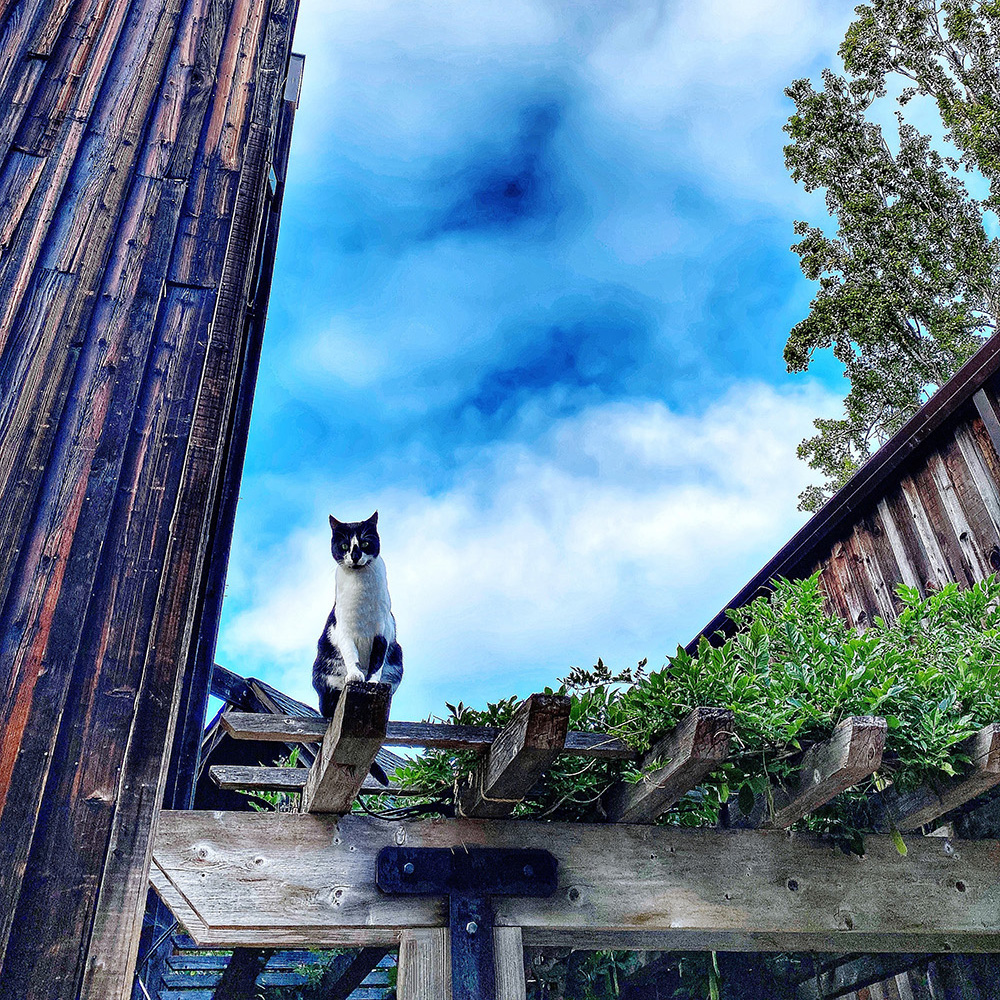
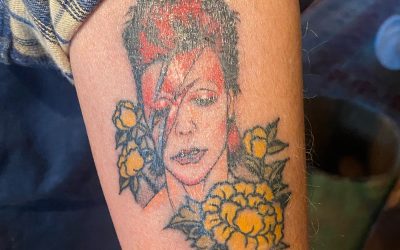
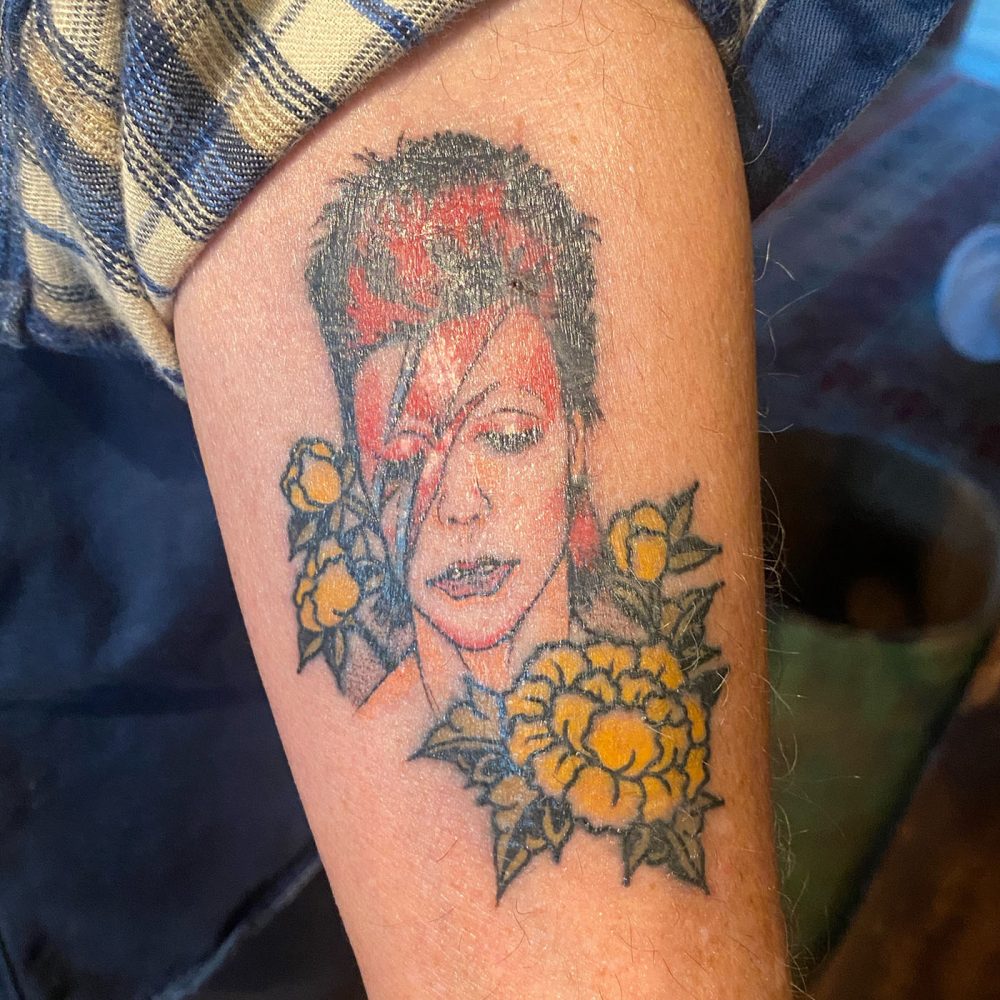
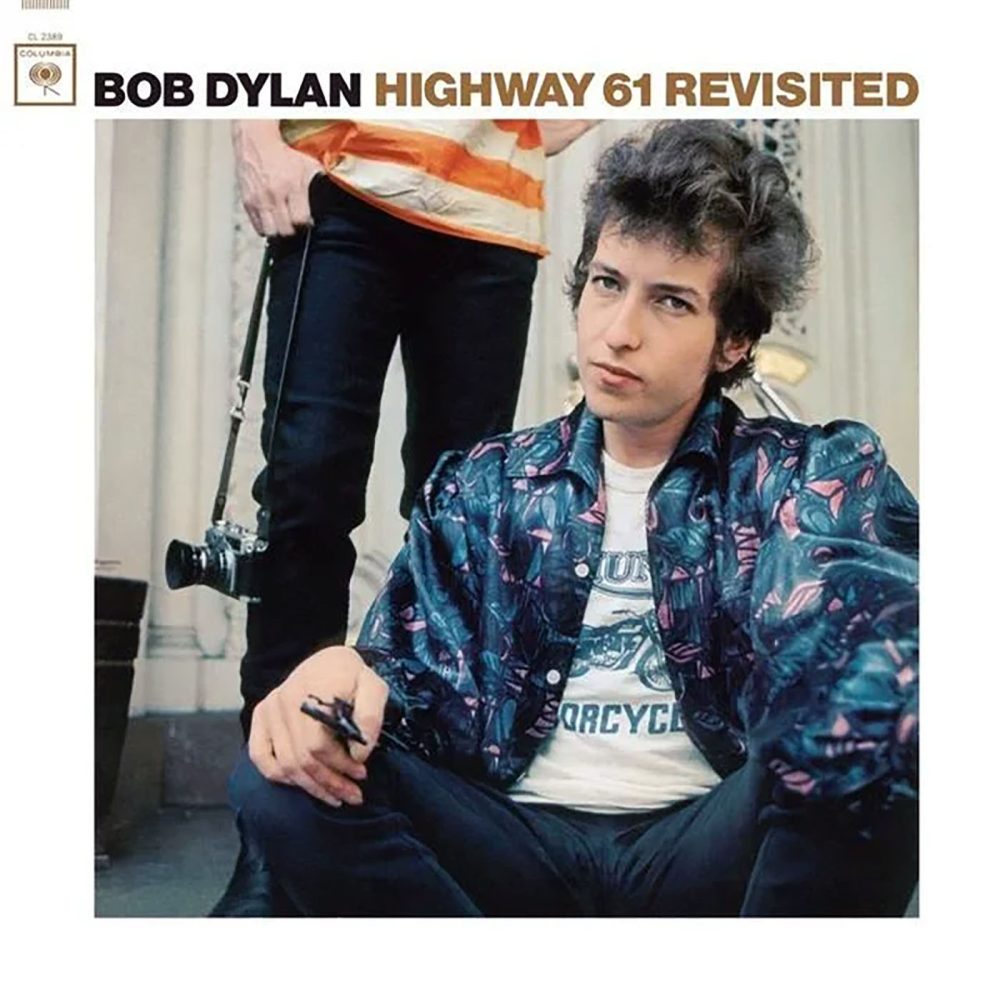
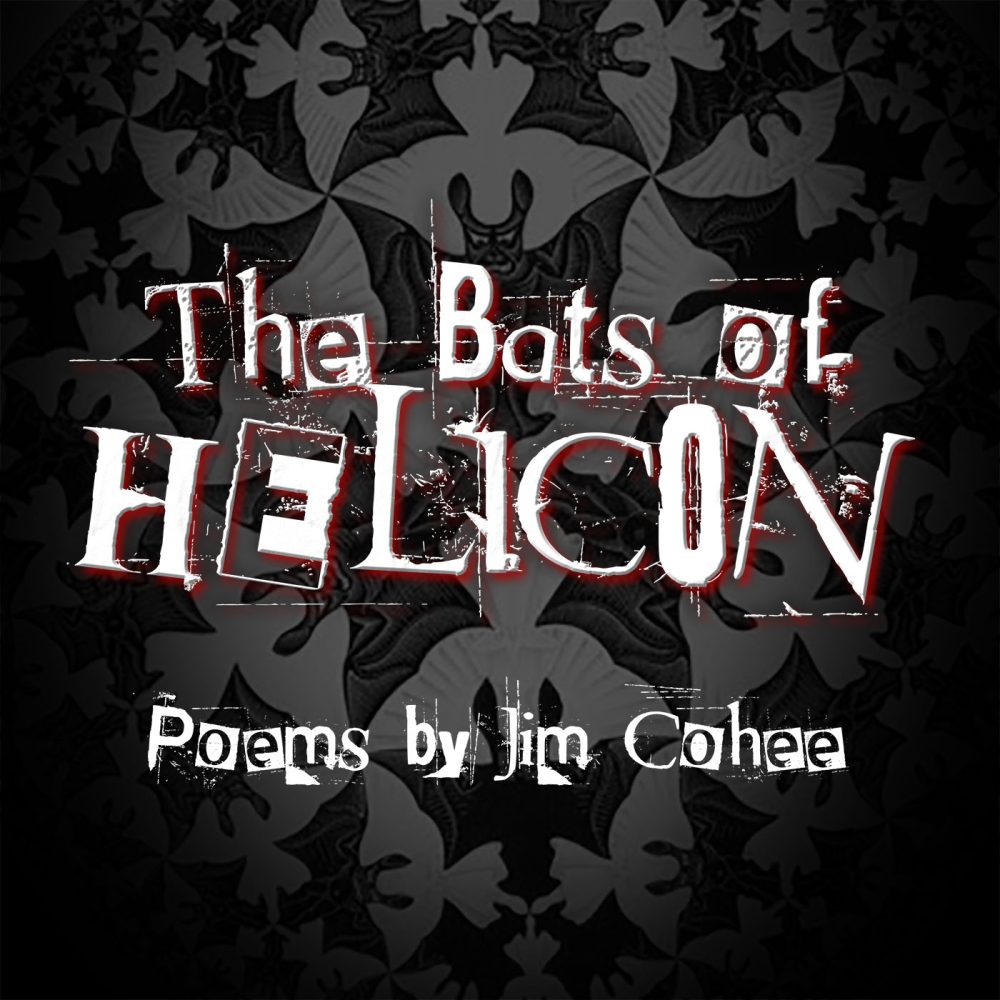
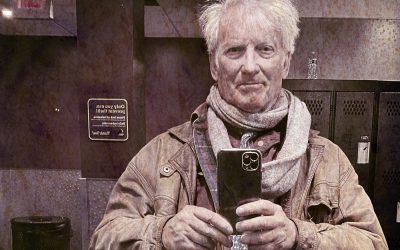

![[wild bubble] A Complete Unknown Movie Review](https://knoxbronson.com/wp-content/uploads/2025/01/chalametdylan-400x250.jpg)
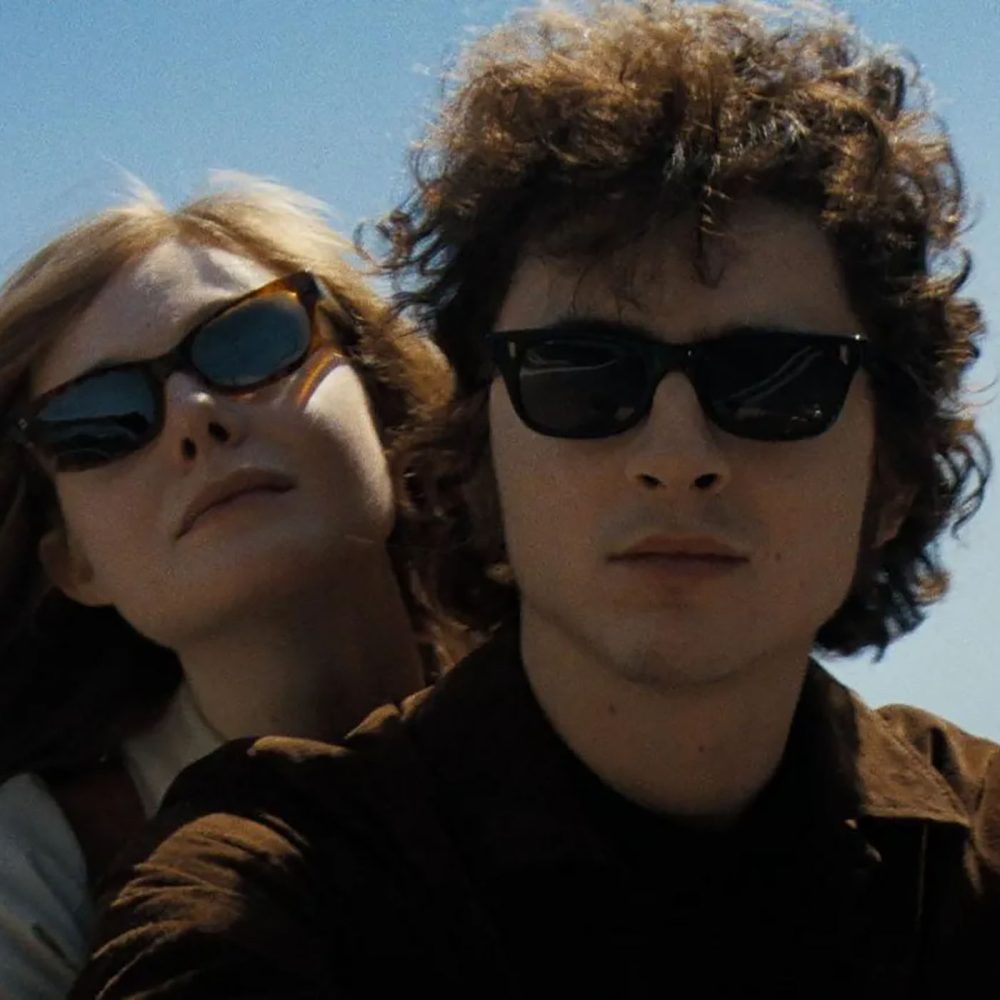
![[wild bubble] New Year’s Wrap-Up + New Song From My Next Album](https://knoxbronson.com/wp-content/uploads/2024/12/disappearing-400x250.jpg)
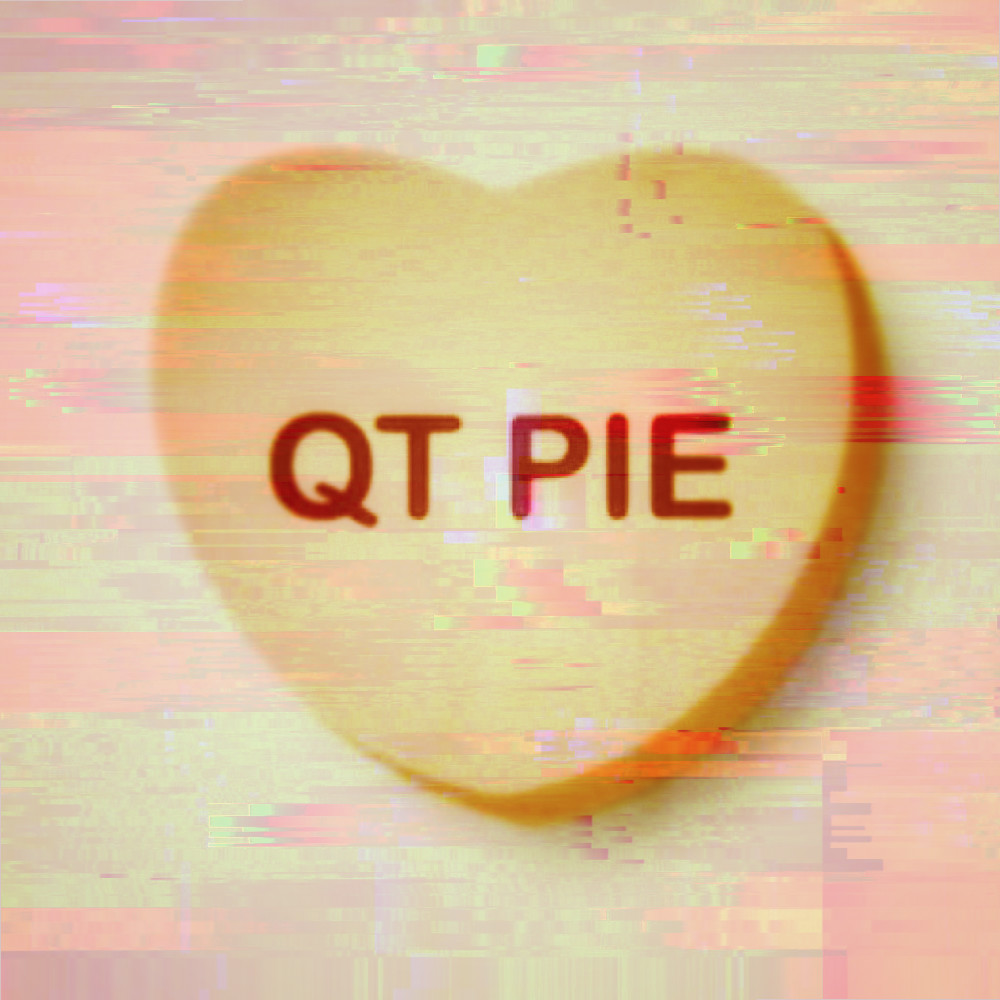
![[wild bubble] True Value in the Inverted World](https://knoxbronson.com/wp-content/uploads/2024/12/truevalues-400x250.jpg)
